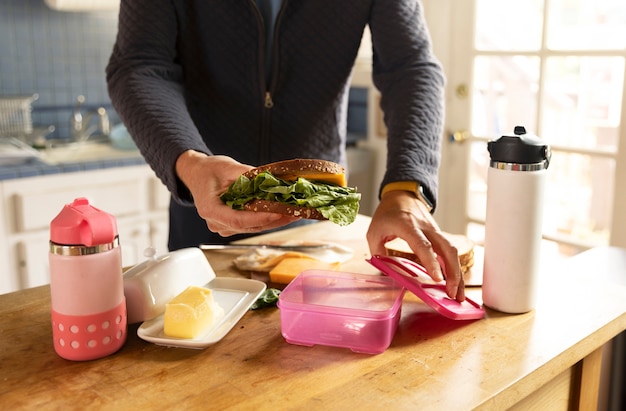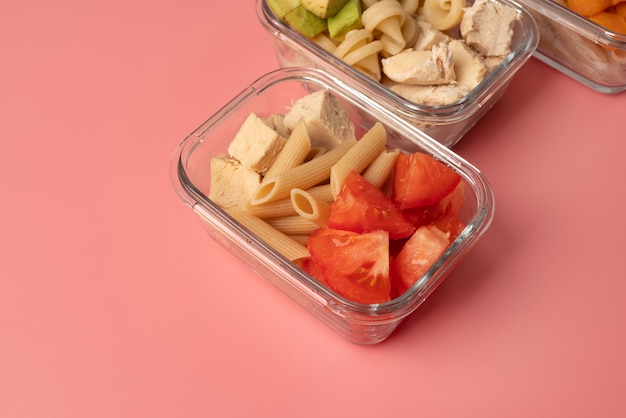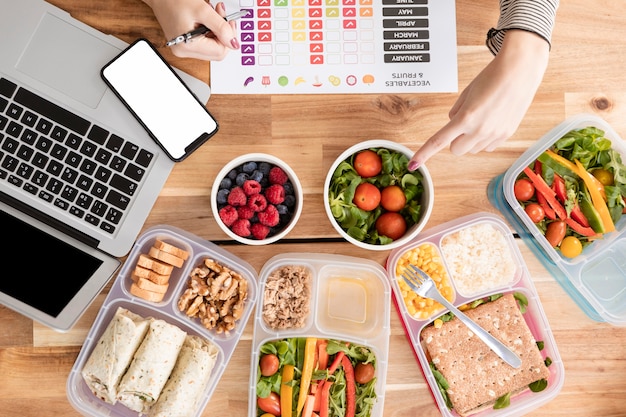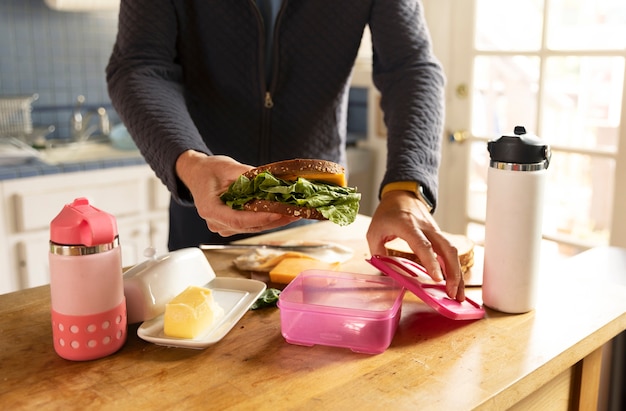Discover how strategic weekly meal prep can support joint health, reduce inflammation, and enhance physical mobility—with actionable steps and measurable progress checks.

Mobility isn’t just about stretching or strength training—what you eat plays a crucial role. Chronic inflammation, joint stiffness, and muscle fatigue can all be influenced by diet. Research shows that anti-inflammatory foods rich in omega-3 fatty acids, antioxidants, and essential micronutrients can improve joint function and muscle recovery, directly impacting your range of motion and daily movement.
By aligning your weekly meal prep with these evidence-based nutritional principles, you create a sustainable foundation for better mobility—without drastic changes or expensive supplements.
Studies have consistently linked diets high in processed foods, sugar, and trans fats to increased markers of inflammation such as C-reactive protein (CRP), which can exacerbate joint pain and reduce mobility—especially in aging populations or those with chronic conditions.
Conversely, diets rich in fruits, vegetables, whole grains, fatty fish, nuts, and seeds—like the Mediterranean diet—have been associated with improved physical function and reduced risk of mobility limitations. Omega-3 fatty acids, in particular, have demonstrated benefits in reducing joint stiffness in conditions like rheumatoid arthritis.
Antioxidants such as vitamin C, vitamin E, and polyphenols help combat oxidative stress, which contributes to muscle fatigue and tissue degeneration over time.

Build your meals around foods proven to reduce inflammation:
Consistency is key. Design 3–4 core meals you can rotate weekly. For example:
Prep grains, proteins, and chopped vegetables in batches to save time and ensure adherence.
Dehydration can lead to reduced joint lubrication and muscle cramps. Aim for at least 8 cups of water daily. Include water-rich foods like cucumbers, oranges, and celery. Also, ensure adequate intake of mobility-supportive nutrients:
Reduce or eliminate:
Choose snacks that support joint and muscle health:

Nutrition changes take time. Use these simple, non-invasive checks weekly to monitor improvements:
Improving mobility through nutrition isn’t about perfection—it’s about consistent, informed choices. Weekly meal prep removes decision fatigue and puts the right foods within reach. When combined with light physical activity and hydration, this approach can lead to measurable improvements in how you move and feel.
Start small: pick one or two anti-inflammatory meals to prep this week. Track how you feel. Over time, these habits compound into lasting gains in flexibility, strength, and independence.
Your body moves better when it’s fueled right. Make every meal a step toward greater freedom of motion.

Wellness

Wellness

Wellness

Wellness

Health

Wellness

Wellness

Wellness

Wellness

Fitness

Fitness

Fitness

Health

Fitness

Health

Health